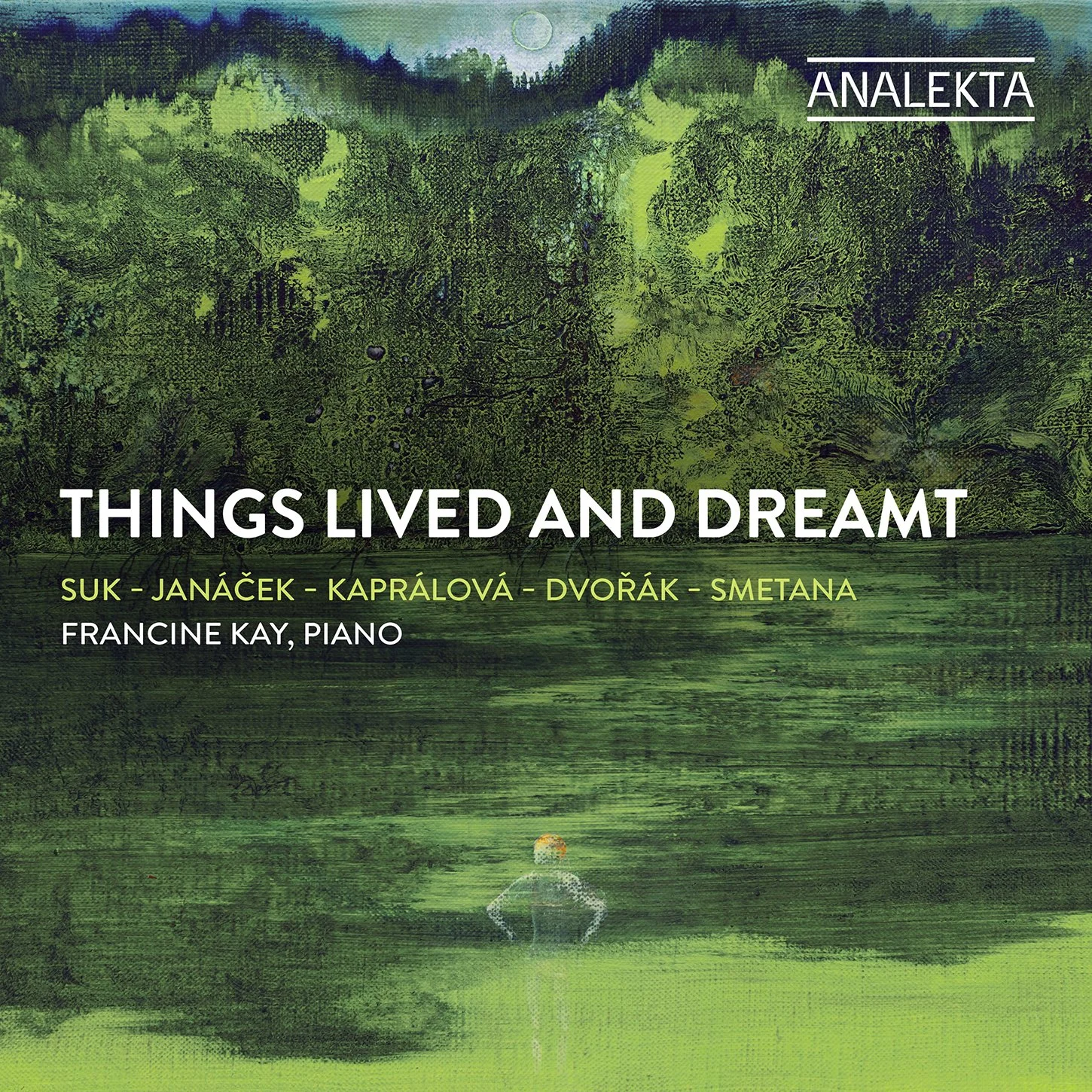Ms. Shelton’s recital is part of the 2019-2020 Chris Grymes’ Open G Series, which begins with a George Crumb portrait concert on Oct. 28
“Shelton’s musicianship, technique, and intelligence are unfailing…” - The Boston Globe
Chris Grymes’ Open G Series at National Sawdust kicks off its second season with a portrait concert of George Crumb on October 28, with the composer in attendance. The season continues with legendary vocalist Lucy Shelton on December 15.
Lucy Shelton' performance features a mélange of short works by composers with whom she has worked extensively, including Elliott Carter, Jacob Druckman, Miriam Gideon, Shulamit Ran, and George Rochberg; as well as composers whose works she provided the first major or complete recordings of — songs by John Cage, Ruth Crawford, and Igor Stravinsky. Now in her 75th year, Lucy is a direct link to many of the most important creative minds of the 20th century, and continues to be a proponent of musical and vocal experimentation through her performances and her extensive teaching and coaching in New York City and throughout the world.
The concert will be in a format of a five course meal, with Shelton spontaneously selecting the order of each ‘course’. Performing with Ms. Shelton are pianists Robert Fleitz, Jeremy Gill, Yoon Lee and Sophiko Simsive. Program and ticket details are below.
Chris Grymes founded Open G Records with a philosophy to produce music that is rooted in the classical tradition, but delivered in a way that will resonate with current and future generations of music fans. Having released a half dozen recordings, Open G has expanded to include a concert series hosted at National Sawdust in Brooklyn.
Chris Grymes’ Open G Series at National Sawdust continues in spring 2020:
Danish cellist Jakob Kullberg performing works by Nordic composers, including Kaija Saariaho, Bent Sørensen and Per Nørgård on February 2, 2020
Composer and soprano Nia Franklin (2019 Miss America) performs a showcase of works by women of African descent in May
Fidelio Trio, a piano trio from Ireland, pairs music from the British Isles with American works in a program that includes Louis Karchin, Helen Grime and Ann Cleare on June 14
Clarinetist Chris Grymes himself takes the stage in late spring, performing chamber works written for him.
Tickets for soprano Lucy Shelton's performance on December 15 are $29 for general admission and are available at nationalsawdust.org or (646) 779-8455. National Sawdust is located at 80 North 6th Street in Brooklyn.
Winner of two Walter W. Naumburg Awards - as chamber musician and solo recitalist - soprano Lucy Shelton continues to enjoy an international career bringing her dramatic vocalism and brilliant interpretive skills to repertoire of all periods. An esteemed exponent of 20th- and 21st- Century repertory, she has worked closely with today’s composers and premiered over 100 works. She has performed with chamber ensembles such as the Emerson, Brentano, and Guarneri string quartets, the Lincoln Center Chamber Music Society, eighth blackbird, Klangform Wien, and Ensemble Intercontemporain; and with orchestras including Amsterdam, Boston, Chicago, London, Los Angeles, New York, Paris, and Tokyo under leading conductors such as Marin Alsop, Daniel Barenboim, Pierre Boulez, Charles Dutoit, Alan Gilbert, Oliver Knussen, Kent Nagano, Simon Rattle, Mstislav Rostropovich, Esa-Pekka Salonen, and Leonard Slatkin.
CALENDAR LISTING
December 15, 2019 at 7:00 pm
Chris Grymes' Open G Series at National Sawdust:
Soprano Lucy Shelton
'Mostly 20th-Century Song Recital'
National Sawdust
80 North 6th St in Brooklyn
Tickets are $29 for general admission, and are available at nationalsawdust.org or (646) 779-8455
Program:
Appetizers:
Igor Stravinsky: Pastorale (1907)
John Cage: The Wonderful Widow of Eighteen Springs (Joyce) (1942)
George Rochberg: from Eleven Songs (Paul Rochberg) (1969)
"Black tulips"
"I am baffled by this wall"
Soups:
Stravinsky: from Two Songs on Poems of Gorodetsky, Op.6 (1907-1909)
"Spring (At the Cloister)"
Stravinsky: from Four Russian Songs (1918-1919)
"Counting Song"
"Tablemat Song"
Rochberg: from Eleven Songs (Paul Rochberg) (1969)
"Nightbird berates"
"Spectral Butterfly"
"All my life"
"Le Sacre du Printemps"
Salads:
Karl Kohn: from The Resplendent Air (Catalan poems) (1985)
Leisure
Pig
Stravinsky: The Owl and the Pussy-Cat (Edward Lear) (1966)
Elliott Carter: Voyage (Hart Crane) (1943)
Main Courses:
Ruth Crawford Seeger: Two Ricercare (1932)
"Sacco and Vanzetti"
"Chinaman, Laundryman"
Jacob Druckman: The Sound of Time (Norman Mailer) (1964)
Desserts:
Miriam Gideon: from The Seasons of Time (Japanese Tanka) (1970)
"I have always known..."
"Gossip grows like weeds..."
"The wild geese..."
"Can it be..."
Shulamit Ran: Love's Call (2016)
Rochberg: from Eleven Songs (Paul Rochberg) (1969)
"We are like the mayflies"
Stravinsky: Berceuse (1917)
Stravinsky: Three Songs: Recollections of Childhood (1913)
"The Magpie"
"The Rook"
"The Jackdaw"
Ms. Shelton is joined by pianists Robert Fleitz, Jeremy Gill, Yoon Lee, and Sophiko Simsive
Chris Grymes' Open G Series
October 28, 2019 | A Night with George Crumb
December 15 | Lucy Shelton
February 2, 2020| Cellist Jakob Kullberg
May| Nia Franklin
June | Clarinetist Chris Grymes and Friends
June 14 | Fidelio Trio
About National Sawdust
National Sawdust is a non-profit music venue whose mission is to build new audiences for classical and new music by providing outstanding resources and programmatic support to both emerging and established artists and composers. National Sawdust engages artists in an ecosystem of incubation to dissemination, programming groundbreaking new music in our state-of-the-art Williamsburg venue, and developing and touring new, collaborative music-driven projects — the National Sawdust DNA produces and presents world-class artistic work which embraces a wide stylistic approach to music.
National Sawdust believes in being an innovative leader in changing the landscape of contemporary music, by bringing all voices to the stage and beyond — artistic representation that reflects the ever-evolving multicultural society in which we live.







